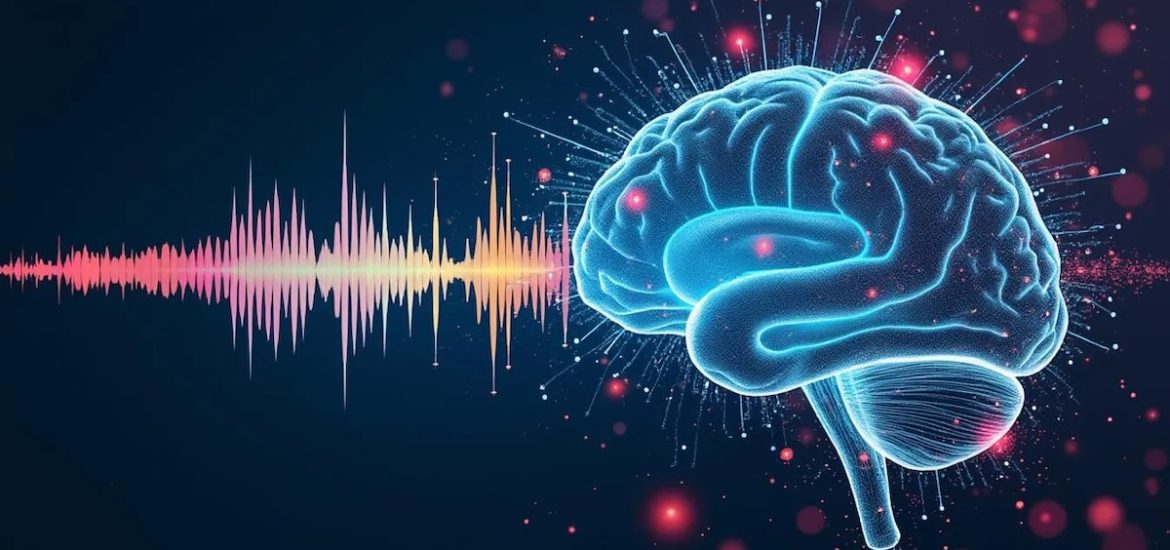In the 1980s, Ray Kurzweil cracked a problem that had stumped AI researchers for years: how to make computers understand human speech. His solution was hierarchical hidden Markov models (HHMMs)—a system that mimics how your brain processes sound layer by layer, making educated guesses at each step.
The breakthrough wasn’t just about speech recognition. It revealed something deeper about intelligence itself: Smart systems don’t process everything they encounter. Read on to discover how Kurzweil’s insights shaped the AI assistants we use today—and what they tell us about the nature of thought itself.
Table of Contents
Hierarchical Hidden Markov Models
Kurzweil’s key contribution to artificial intelligence came through developing hierarchical hidden Markov models (HHMMs) for speech recognition in the 1980s. (The term “hidden” refers to the fact that the system must infer the hierarchical patterns in a speaker’s brain based solely on the speech sounds it hears, while the actual patterns remain “hidden” inside the speaker’s mind.) HHMMs solved the problems that stymied earlier AI systems by combining hierarchical organization with probabilistic pattern recognition and efficient data handling.
(Shortform note: An HHMM is a multilayered system where each layer represents a different level of abstraction, from simple to complex. In speech recognition, the bottom layer processes raw sound frequencies, the next layer up identifies basic sounds such as “th” or “ee,” the next layer combines these into words such as “the,” and higher layers form phrases and sentences. Each layer can only “see” what the layer directly below it tells it: It can’t access the original input. The word layer doesn’t hear the actual sounds; it only gets probable phonemes (units of sound) passed up from below. This means each layer must make educated guesses about what’s really happening based on incomplete information, such as playing the telephone game through increasing levels of complexity.)
Kurzweil recognized that the brain doesn’t process all of the sensory information we take in, but instead extracts the essential features of that information. This insight led him to use vector quantization, a technique for simplifying complex data while preserving the key details. Think of vector quantization as creating a simplified map that captures the essential features of complex terrain: You lose some detail but retain what’s needed for navigation.
For speech recognition, this meant converting the acoustic complexity of speech into patterns that captured what’s needed for language understanding. Kurzweil organized these patterns hierarchically, with lower levels recognizing phonemes (the basic sound units of language), which combined into words, which combined into phrases and sentences. The system operated probabilistically: It calculated the likelihood that particular patterns were present and made decisions based on those probabilities, rather than requiring a perfect match, just as your brain recognizes speech even when words are partially obscured by background noise.
| How Vector Quantization Enables AI to Mimic the Brain’s Efficiency Kurzweil’s insight about feature extraction reflects a key principle of both brain function and AI: Intelligent systems don’t process all the available information—they extract and compress the most essential patterns into sparse, efficient representations. Vector quantization, the technique Kurzweil used, groups similar patterns together and represents each group with a single point, reducing data complexity while preserving its most important features. This parallels how neuroscientists believe the brain recognizes patterns efficiently: Only a small fraction of neurons fire in response to any particular input. For example, when you see the face of a person you recognize, your brain doesn’t activate all face-related neurons. Instead, it activates a pattern of neurons that captures what makes that particular face distinct from other faces. This sparse pattern is unique enough for you to distinguish the face while using far fewer resources than it would take to process every possible facial feature. Studies of expert memory demonstrate this principle in action. Expert chess players can instantly recognize tactical patterns that would be invisible to novices, while expert musicians immediately identify chord progressions or melodic structures that non-musicians would struggle to perceive. That’s because these experts have developed sparse, distributed neural representations that efficiently encode those patterns’ essential features. A novice looking at the same chess position, or hearing the same musical passage, would need to process far more information because their brain lacks these specialized representations. |
HHMMs Now and in the Future
The speech recognition systems that Kurzweil’s companies developed have evolved into technologies such as Siri and Google Voice Search, showing that hierarchical hidden Markov models can handle real-world language processing at consumer scale. These systems routinely perform tasks that would have seemed impossible just decades earlier: understanding natural speech from diverse speakers, in various accents, with background noise and grammatical imperfections.
This raises the question: If we can build machines that think using the same principles as human minds, what does that mean for consciousness, identity, and the future of intelligence? To explore this further, check out Shortform’s guide to How to Create a Mind.
